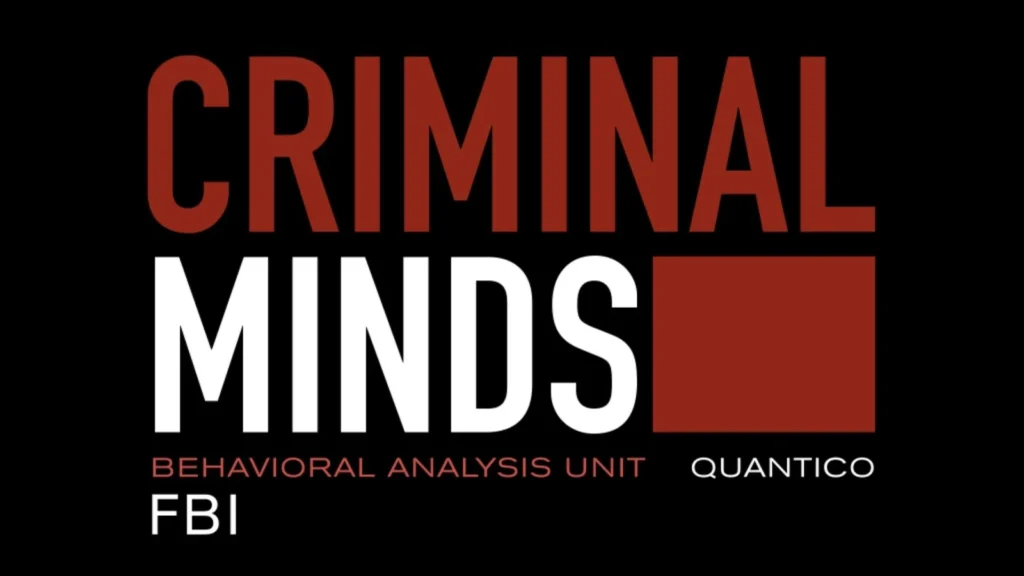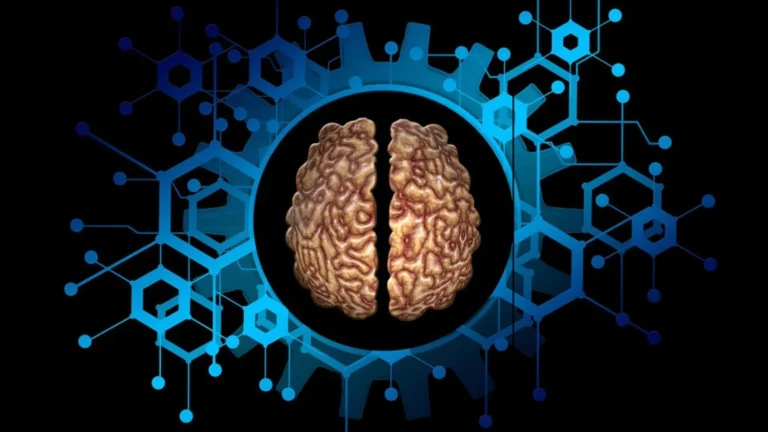Each living organism has a reaction to the stimulation surrounding it in its environment, and the name of that reaction is called ‘behavior.’ Human behavior is actually very complex. People continuously learn throughout life and life is constantly changing (Jeffery, 1995). Consequently, human reactions to events change over time. Each learned behavior has its own system and logic, so that means it can be observed and measured (Helfgott, 2008). For example, “consumer behaviors” are analyzed in marketing to increase the desire for purchase and preference. One of the primary topics of many academic disciplines, such as the political sciences, psychiatry, the social sciences, and law, has been human behavior. So, understanding and explaining this phenomenon may provide a key to the door into the mind of the person standing in front of us.
The factors affecting behavior are the family, environment, and social status (Zastrow, Kirst-Ashman & Hessenauer, 2019). Under these three main headings, you can create sub-headings to provide annotation. For example, the environment in which the family is located should provide insight into understanding the essence of an individual’s behavior, including such factors as the level of education, material opportunities, attitudes, and behaviors of other family members. Murder is the act of someone killing another. The analysis of why the murder was committed due to an individual’s behavior is often better understood by looking at the emotional and cognitive developmental stages behind this behavior (Felson, 2009). In cases where the perpetrator is unknown, criminal profiling and the evidence left at the scene that highlights the perpetrator’s behavior is examined in an effort to create a profile of the criminal (Turvey, 2011). Many studies have shown that there is a lack of empirical support for criminal profiling and that there is a need for more research in this area. On the other hand, criminal profiling does not provide a definite conclusion, but it can give serious clues on the path to a suspect’s identification. It is very important to interpret the behavior in the correct order to better understand the criminal mind. The importance of physical evidence at a crime scene cannot be understated. The profile, created by combining physical and behavioral evidence, can speed the ability to solve the case (Kocsis & Palermo, 2016). Behavioral evidence is like a fingerprint. It’s personal. So, when any murder is being evaluated, going through the investigation with any type of bias or stereotype will probably lead to the wrong suspect. So, each murder has its own unique touches. It is essential that law enforcement analyze these details very well and support any theories with the available physical evidence (Chisum, 2006). Following a good analysis of the details and matching similar cases, if any, may lead to serious progress in the ability to illuminate many unsolved events. There is obvious confidence that the serious investigation of criminal behavior and the creation of special units that conduct criminal profiling may enhance the ease of solving a puzzling case.
Criminal psychology and criminal behavior should be viewed across a broad spectrum and emphasize the importance of creating a methodology for each incident-specific investigation. To look at the crime scene and learn how much effort and planning went into the crime may help clarify the picture, the modus operandi will assist in connecting the facts to one another, and the physical evidence at the scene is the intersection of all facts. Will it not ultimately be inevitable that conducting a behavioral analysis at challenging criminal events and effectively matching the available evidence at the crime scene may greatly assist in capturing the unidentified perpetrator?
References
Chisum, W. J. (2006). Crime reconstruction. In The Forensic Laboratory Handbook (pp. 63-77). Humana Press.
Felson, R. B. (2009). Violence, crime, and violent crime. International Journal of Conflict and Violence (IJCV), 3(1), 23-39.
Helfgott, J. B. (2008). Criminal behavior: Theories, typologies and criminal justice. Sage.
Jeffery, C. R. (1995). Criminal behavior and learning theory. In Contemporary Masters in Criminology (pp. 175-186). Springer, Boston, MA.
Kocsis, R. N., & Palermo, G. B. (2016). Criminal profiling as expert witness evidence: The implications of the profiler validity research. International journal of law and psychiatry, 49, 55-65.
Turvey, B. E. (Ed.). (2011). Criminal profiling: An introduction to behavioral evidence analysis. Academic press.
Zastrow, C., Kirst-Ashman, K. K., & Hessenauer, S. L. (2019). Empowerment series: understanding human behavior and the social environment. Cengage Learning.
Featured Picture: Wikipedia
About the Author: Burcak Unal is an intern with the IACS. She is a Criminal Justice and Law Enforcement Administration student with the Colorado State University, USA. Currently, she is based in Ankara, Turkey.

Burcak Unal is a Junior Researcher with the IACS. She is a Criminal Justice and Law Enforcement Administration student with the Colorado State University, USA. Currently, she is based in Ankara, Turkey.








